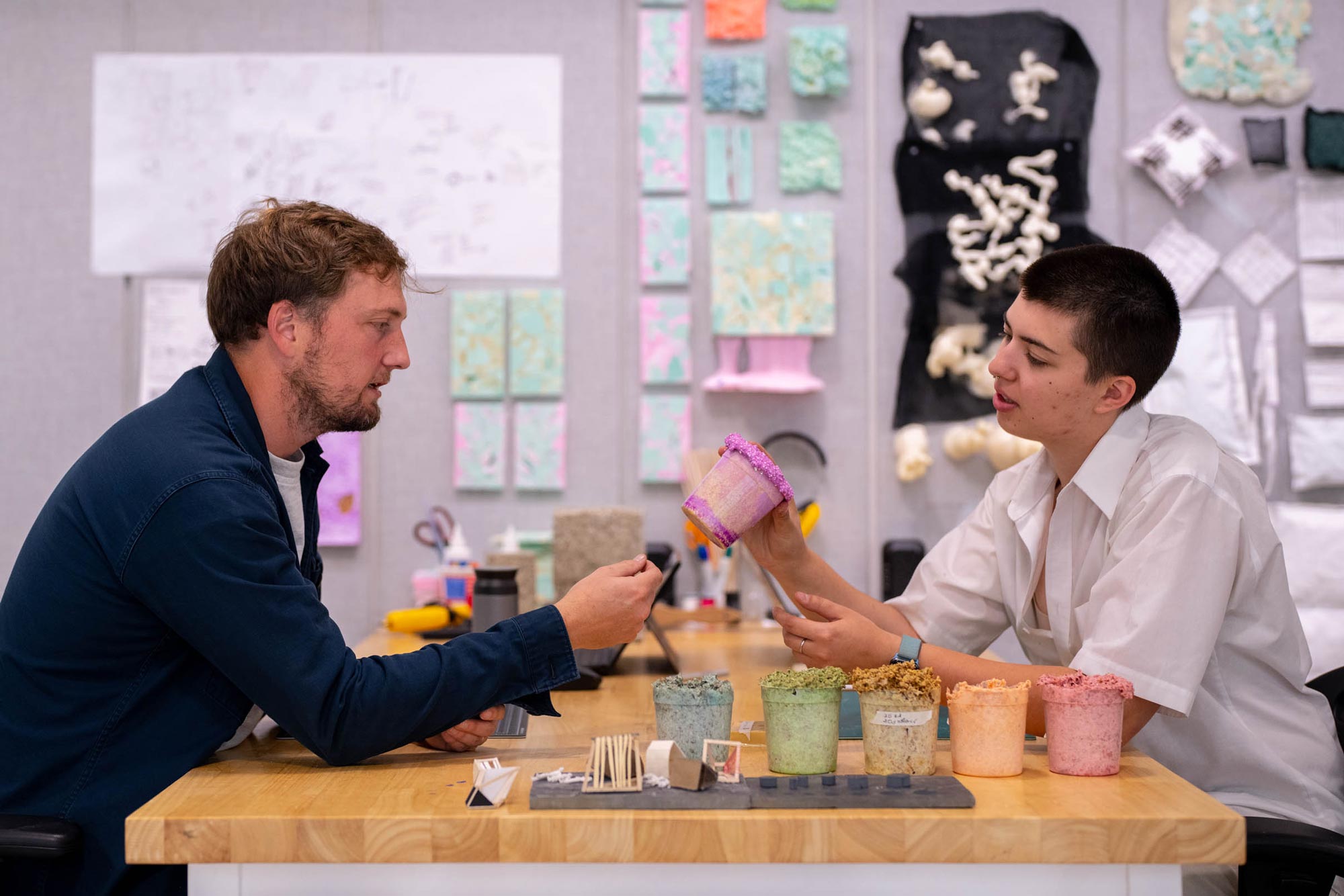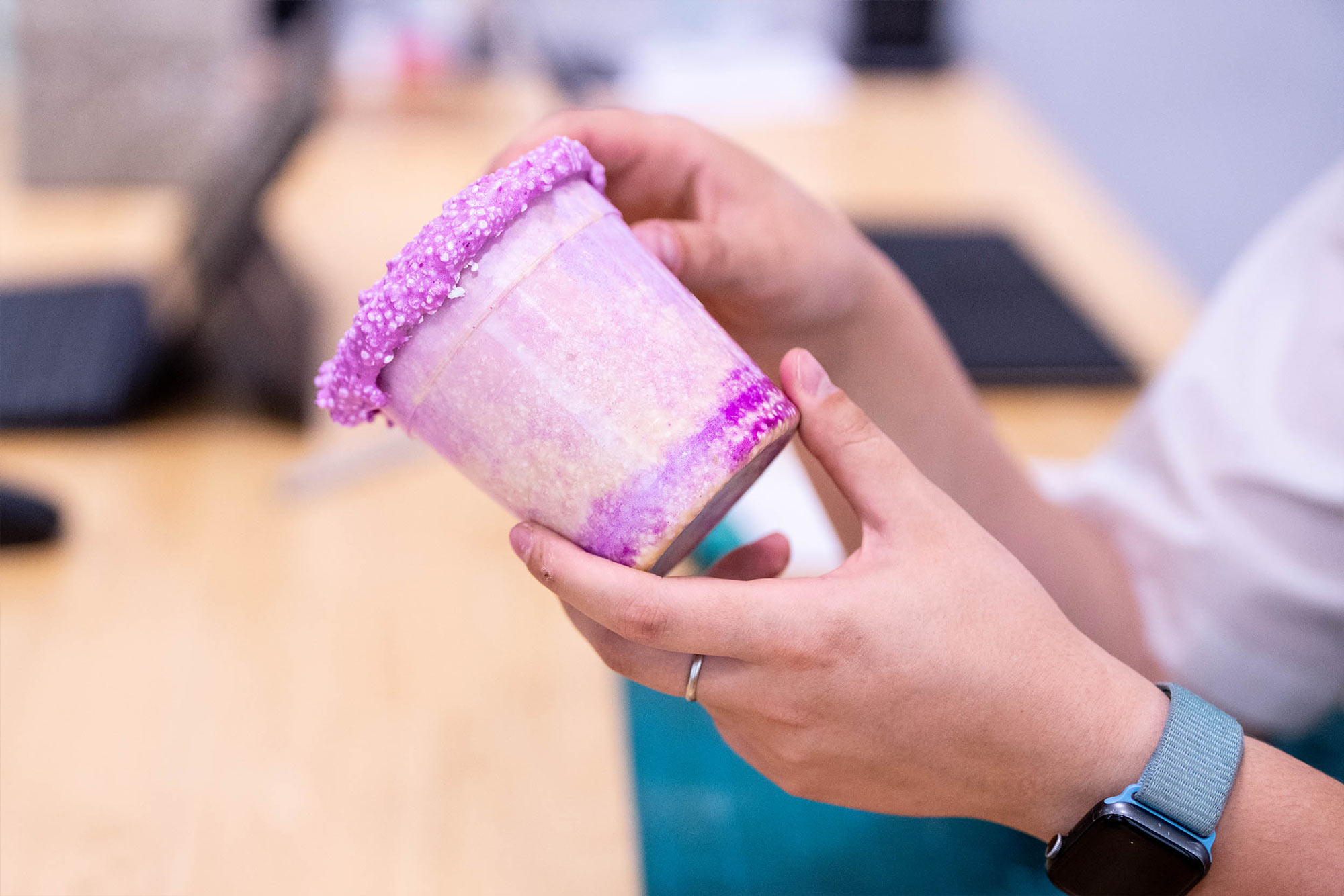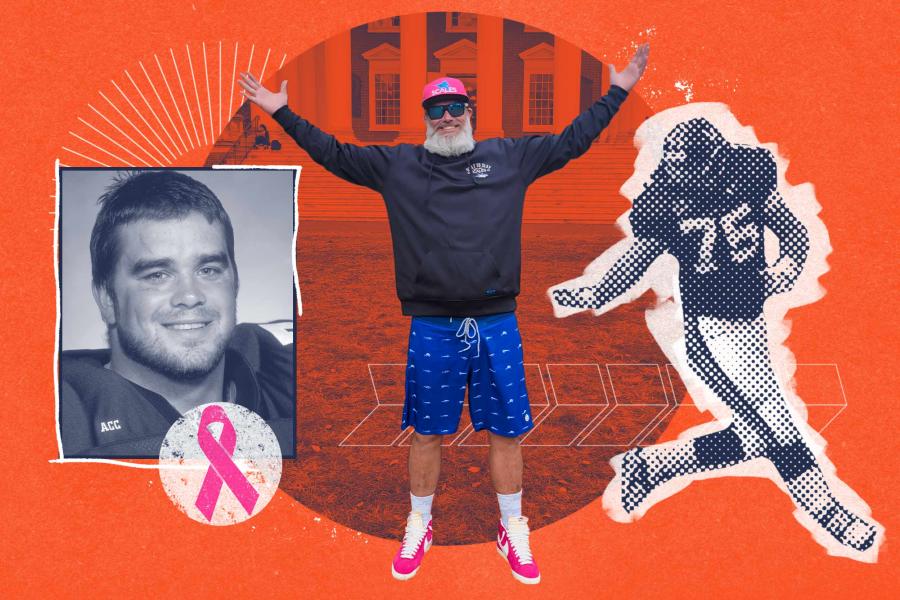“Think about how long that is. It’s generations. It’s older than our country. It’s crazy,” Bachman said. “So the more that we can tap into waste as a resource, the better. We should stop thinking about it as waste and start seeing it as material that is valuable and can be used.”
Bachman is putting his summer where his beliefs are, working on a project through the school to find new uses for old material. His project, “Waste Not, Want Not,” is supported by a $5,000 grant from the school, and sets the stage for a fall research seminar based on finding new use for what most consider trash.
The project is one of 17 proposals receiving about $89,000 this summer from the School of Architecture to support research in the school’s different disciplines.
“We’re just sort of kicking it off, so the immediate plan is finding materials that we can get our hands on to manipulate them, explore them and see what we can do,” he said. “This fall, I’ll be leading a research seminar in the Architecture School that will be fabrication-based, but largely around the same topic.”







